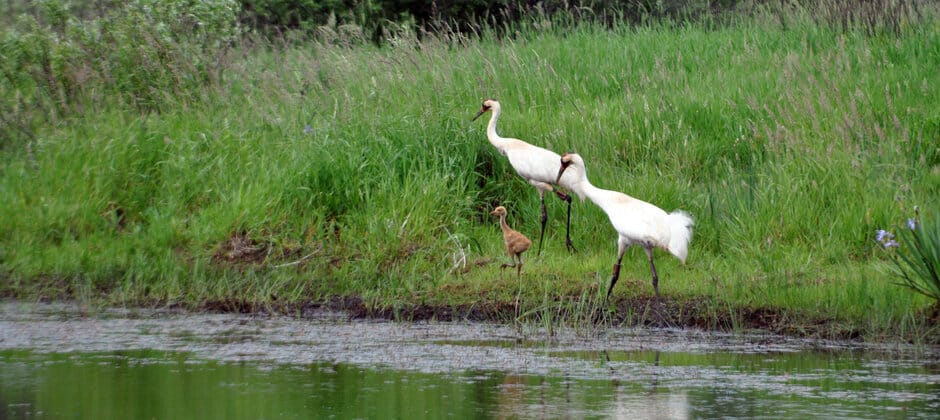Share this article
TWS advocates for increased DOI conservation funding
The Wildlife Society urged the House Appropriations Subcommittee on Interior, Environment, and Related Agencies to provide robust funding in its Fiscal Year 2023 appropriations for programs that support wildlife professionals and their work.
Congressional appropriators will soon hold hearings and gather testimony as they review proposed FY 2023 spending levels. The Interior, Environment, and Related Agencies subcommittee sets spending levels for key wildlife programs and natural resource agencies like the U.S. Fish and Wildlife Service, Bureau of Land Management, U.S. Geological Survey and the U.S. Forest Service.
In a written testimony, The Wildlife Society emphasized key funding needs to support wildlife professionals and their conservation work in these agencies.
In particular, The Wildlife Society requested a $200 million increase for the USFWS’ National Wildlife Refuge System to enhance wildlife management and address maintenance backlogs on refuges. This would bring the system’s total operation and maintenance funding to $712 million.
The National Wildlife Refuge System covers a total of 850 million acres of land and marine areas and are the only federal areas dedicated primarily to wildlife conservation and wildlife-dependent recreation. Inadequate funding forces the refuge system to defer a range of critical services, including wildlife habitat management, conservation planning, maintenance and repairs, visitor services and law enforcement activities. These chronic issues restrict the refuge system’s ability to conserve wildlife and their habitat and ultimately limit the ability of wildlife professionals to carry out wildlife research, management, conservation and education. These requested funding levels would allow the refuge system to effectively continue its important work in wildlife conservation and restoration, TWS said.
The Wildlife Society also asked the subcommittee to increase State and Tribal Wildlife Grant funding by $27.6 million. This program, included in the USFWS’ budget, is the only federal program that supports the implementation of State Wildlife Action Plans, which work to prevent species from being listed under the Endangered Species Act.
For the USGS, TWS emphasized the importance of programs in the Ecosystems Mission Area and requested increasing Climate Adaptation Science Center funding by $43.7 million and USGS Cooperative Fish and Wildlife Research Units by $2.5 million. These programs foster partnerships between federal and state agencies, universities and NGOs to provide actionable science and technical assistance tailored to the needs of natural resource managers in the field. The units also help develop the next generation of wildlife professionals by giving students the opportunity to receive scientific training and applied work experience.
In regard to BLM funding, TWS requested $237 million for the Wildlife and Aquatic Habitat Management program, which manages and restores habitat for approximately 300 federally listed fish and wildlife species across the western U.S.
Lastly, TWS requested robust funding for the USFS’ Research and Development branch. The USFS R&D facilitates several long-term, collaborative research efforts to understand wildlife-habitat relationships and inform land-management decisions. These projects ensure that the activities in federal forests and grasslands are balanced between human and wildlife use.
The Biden Administration has not yet released its detailed FY 2023 budget proposals. As more information is revealed about FY 2023, which begins in October, TWS will re-examine and submit additional appropriations requests regarding these program areas. The Wildlife Society also plans to provide testimony to other appropriations subcommittees on funding for wildlife-related programs in its jurisdiction, like the U.S. Department of Agriculture.
Members of TWS can check out the appropriations action center in the coming weeks for updates on the administration requests as well as TWS’ positioning on FY 2023 funding.
Header Image: The whooping crane (Grus americana) is a species of greatest concern in 17 State Wildlife Action Plans, which are supported by the federal State and Tribal Wildlife Grants Program. Credit: Jill Utrup/USFWS








